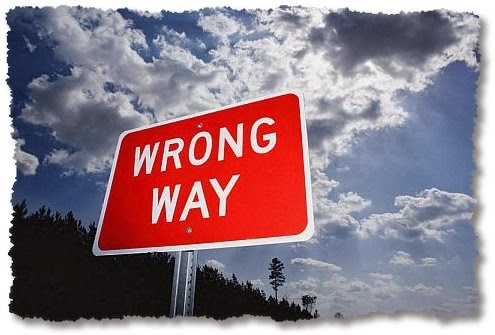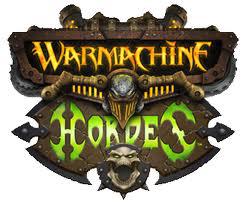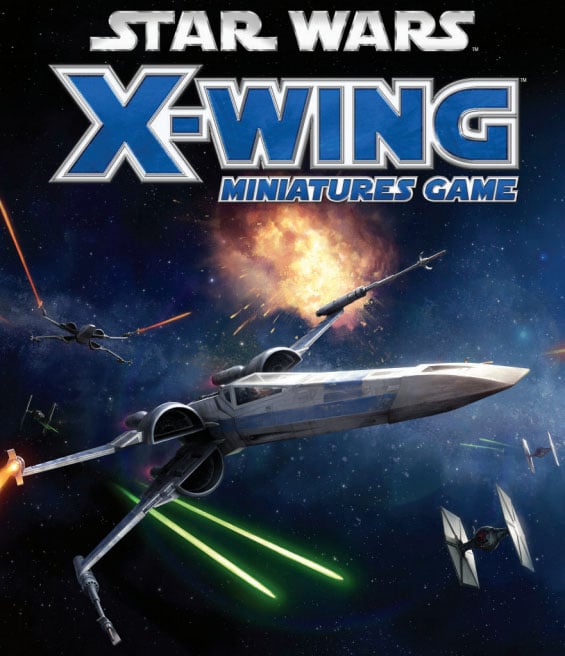Wargames: When Conventional Wisdom Fails


What happens when all the experts are wrong about what makes a great wargame?
As the world watches with fascination as the USA chooses it’s next president a thought occurred to me:
What happens when the conventional wisdom is totally wrong?
Take for example tabletop wargaming.
I would postulate that the key products on the market right now are:
- Warhammer 40,000
- Warmachine-Hordes
- X-Wing
In the wings there are games like Infinity, Age of Sigmar, Star Wars Armada, and Kings of War.
The Conventional Wisdom
For decades, Warhammer 40,000 has ruled the roost. Over the ages it has varied in size, complexity and cost. But make no mistake it has placed a large thumbprint on the design-sense of the game industry by both it’s success and longevity. There are countless games that take some of the design concepts of 40K and take them for granted. So you see things used repeatedly like not only rules mechanics, but bigger structural concepts such as how rules versus miniatures are sold.
This groupthink is part of human nature. We of course want to follow what is successful and copy it, so that we too can be successful. Change is hard and we are a risk-adverse species. It’s hard to go out and try something new – until it’s successful – then everyone will follow it’s model as well.
I think we can all agree that Warmachine very much follows the Warhammer 40,000 model – and is a big success. Kudos to Privateer for carving our a successful franchise.
Now take X-Wing – a game that breaks a lot of the molds for a successful tabletop game. It’s diametrically opposed to 40K and even Warmachine – yet has grown to superstar status in only a handful of years.
- X-Wing has ZERO HOBBY aspect.
- It has rules bundled with models.
- It shares rules between models to incentive purchases of cross-faction models for players.
- It’s rules are very simple and short.
- It’s pricepoint is very low at the initial level, but grows to roughly match Warmachine and Warhammer once you “get into it” and need to keep up with the meta.
- It’s sold through traditional mass market channels instead of only niche retailers.
What has Changed?
Which leads me to the real question:
What has changed: the games or the customers?
Certainly when Warhammer was young pre-painted models of X-Wing’s quality were impossible for mass production. Games back 30 years ago were fairly complex – think Battletech, DBM, and Avalon Hill’s historical games.
Fast forward to now and take a look at both X-Wing and recent GW launch Age of Sigmar. At the time of Age of Sigmar’s launch everyone said it was doomed. Now there is talk of it selling at a pace near 40Ks. We know X-Wing flies off the shelves as fast as FFG can unload the containers from the ports. We know RPGs and boardgames are accelerating away from tabletop games year after year.
Which makes me wonder what is going on.
I truly believed that the mass market of tabletop games want the core features of Warhammer 40,000:
- Pricey high quality miniatures
- Separate rules sold in books or digitally
- Large complex rules
- A hobby component
I used to think that was the magic formula – but now I’m not so sure. Instead I wonder if games like 40K are getting a bit long in the tooth and the young generation want something different. Are instead X-Wing and Age of Sigmar the way forward?
~I wonder what you think the youngest of us really want in a tabletop game – and who is best poised to give it to them?







